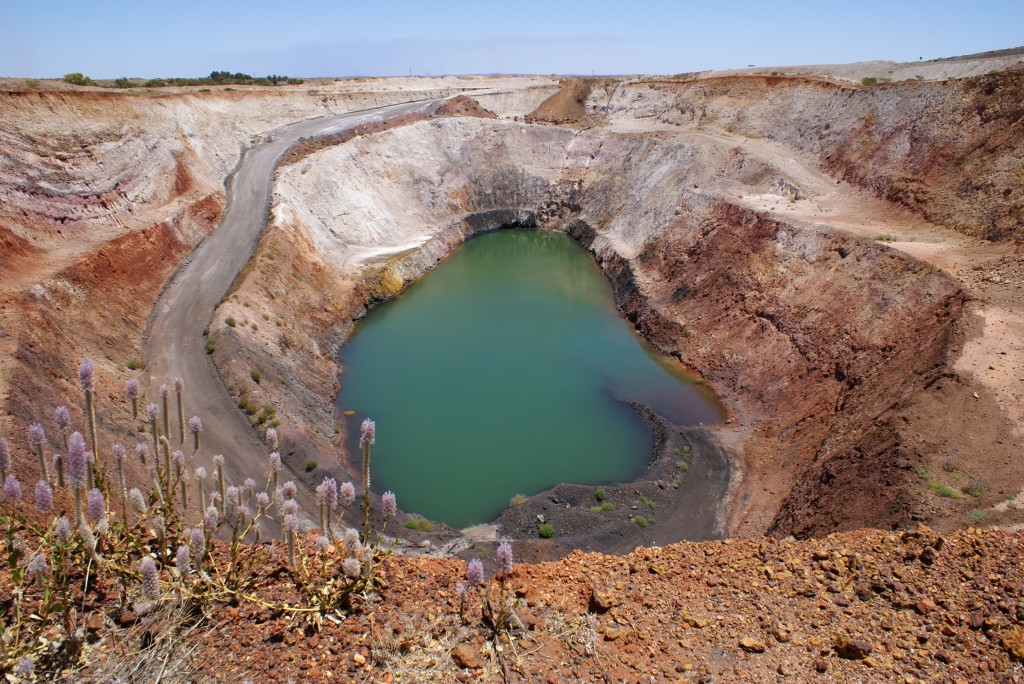The EPA has issued advice to the Minister for the Environment requesting an examination of the cumulative impacts of mining on the Pilbara region (external link). With 92% of the Pilbara region covered by live or pending mining tenements, the unprecedented growth in the region has not been matched by a similar increase in environmental knowledge.
In particular, the previously neglected issue of pit lakes was highlighted as a concern. “The increase in mining (particularly for iron ore) below the water table in the Pilbara over the past decade has increased the EPAs concerns regarding the potential for a significant legacy of pit lakes”. Issues raised by the EPA in relation to pit lakes included:
- The Pilbara has an estimated 97 pit lakes, 178 proposed pits and approximately 670 open pits that may become pit lakes post closure.
- Pit lakes taking hundreds of years to stabilize with changes in water chemistry over thousands of years.
- Saline plumes from pit lakes which can extend for tens of kilometres.
- Significant risk if the hydrogeological connection from pit lakes to wetlands, waterways or groundwater resources e.g. the Fortescue Marshes.
- Recommendation that a registry of mine voids and pit lakes be kept as part of the DMP database and their relationship to aquifers and predicted water chemistry documented.
- Establishment of research into understanding the impacts of mine pit lakes.
While pit lake chemistry and hydrology can be complex, there are number of existing tools available to model the fate of mine voids/pit lakes post closure. Dr David Allen of MBS Environmental presented a case study on pit lake modelling at the 2014 GEMG workshop. The EPA awareness of pit lake pitfalls may see a greater need for projects to consider this type of modelling for future approvals. David and the MBS team are always keen to help clients understand whether pit lakes are an issue for their projects and understand if they will form, how they are likely to behave over time and if they will have adverse environmental impacts.

